The Gift of South Dakota
Subscriptions to South Dakota Magazine make great gifts!
Subscribe today — 1 year (6 issues) is just $29!
Early Winter Wildlife
Dec 30, 2011
Last month I was driving back to Sioux Falls from Bismarck, ND with a friend. Out of the corner of my eye, I saw a shape moving in the field to the north and quickly blurted out, “That’s a coyote!” in mid-conversation.
My friend looked at me and asked, “What is it with you? How can you see that?”
I didn’t really have an answer for him. We then both agreed it was pretty cool that we lived in an area that still affords the chance to view real and untamed wildlife far away from any zoo.
As far as his original question, I spent some time thinking about it and I started reminiscing about long trips across the Dakotas with my family. This was long before DVD screens and iPods kept the kiddo’s attention. One of our forms of entertainment was to be the first to spot deer and accurately get the right number of the herd before anyone else. My brother and I became very skilled at this talent as it passed the time better than fighting over which radio station to listen to (even though that still inevitably happened.)
Another family tradition of ours is either hiking or driving through, around and over the Moreau River Breaks after the family Christmas dinner. First it was with my cousins but as I got older it evolved to going out with my uncle and/or dad. Recently it has been with my brother and nephews. However it ends up, we almost always see good numbers of deer, and at the very least, tracks and signs of other interesting Dakota wildlife.
This year was a banner year for me for seeing and photographing wildlife over the holiday break. I’m not exactly sure what made this year better than others but I do have a few tips I’ve learned for you to increase your chances of spotting some of South Dakota’s abundant wildlife from your car.
Location. To see wildlife, you have to be where they are. Your best bet is in parks or wildlife production areas. Badlands National Park, Wind Cave National Park and Custer State Park all have top-notch opportunities to see wildlife all from the maintained park roads. Other areas to check out are river breaks and valleys. Wildlife need to drink so can usually be found near sources of water.
Timing. Your best bet to see animals out and about is the hours around dawn and dusk. I’m not a morning person at all, but this year alone I’ve been able to hear the coyotes serenade morning’s first light on three different occasions and it thrilled me every time.
Equipment. I realize not everybody can afford the best long lens or camera body to get close-up wildlife shots, but I highly recommend that you take time to review your own camera and make sure you understand the best setting to shoot in low light situations as well as the best shutter and aperture settings to shoot at maximum zoom. Take the time to dig out that manual or do a search on the internet to see what other users are doing. It may make the difference in turning an average shot into an amazing photo of some of South Dakota’s great wild creatures.
Christian Begeman grew up in Isabel and now lives in Sioux Falls. When he's not working at Midcontinent Communications he is often on the road photographing our prettiest spots around the state. Follow Begeman on his blog.


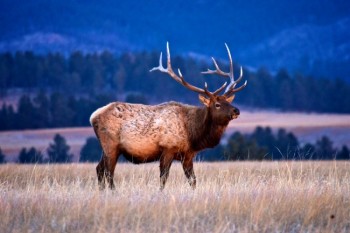
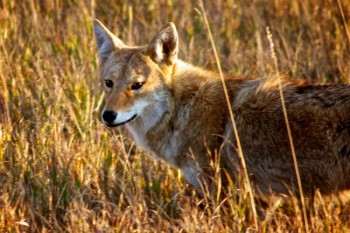
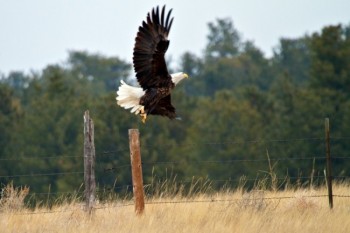
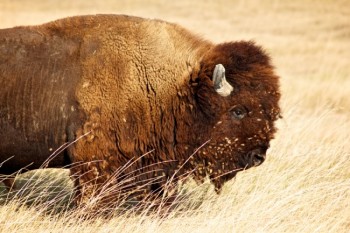
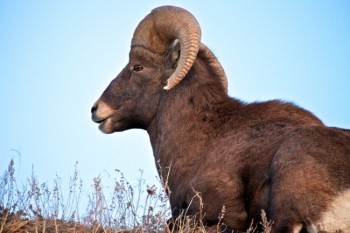
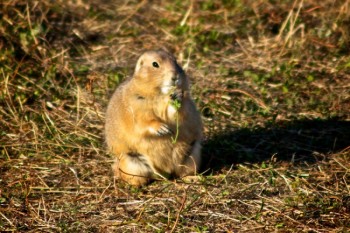
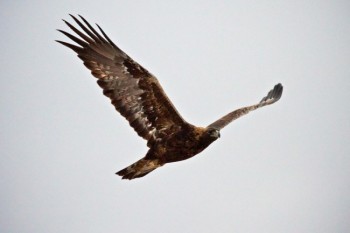
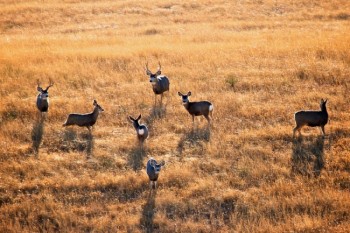
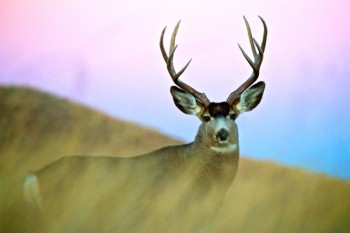
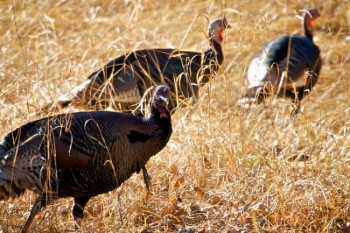
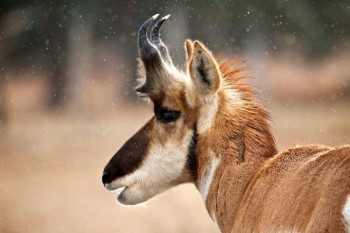
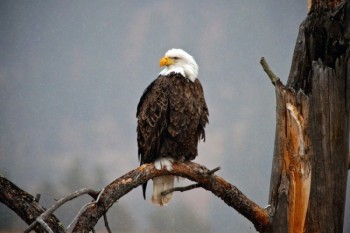
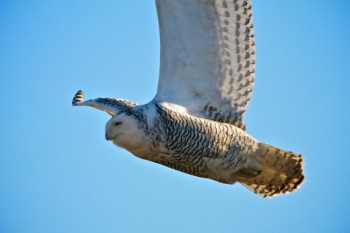
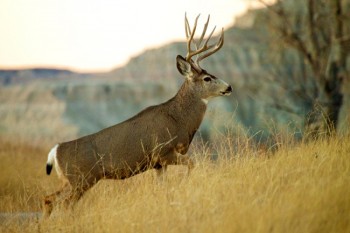
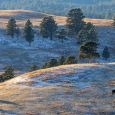
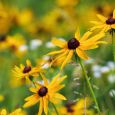
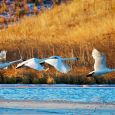
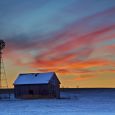
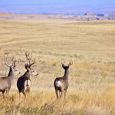
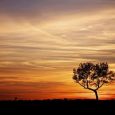


Comments